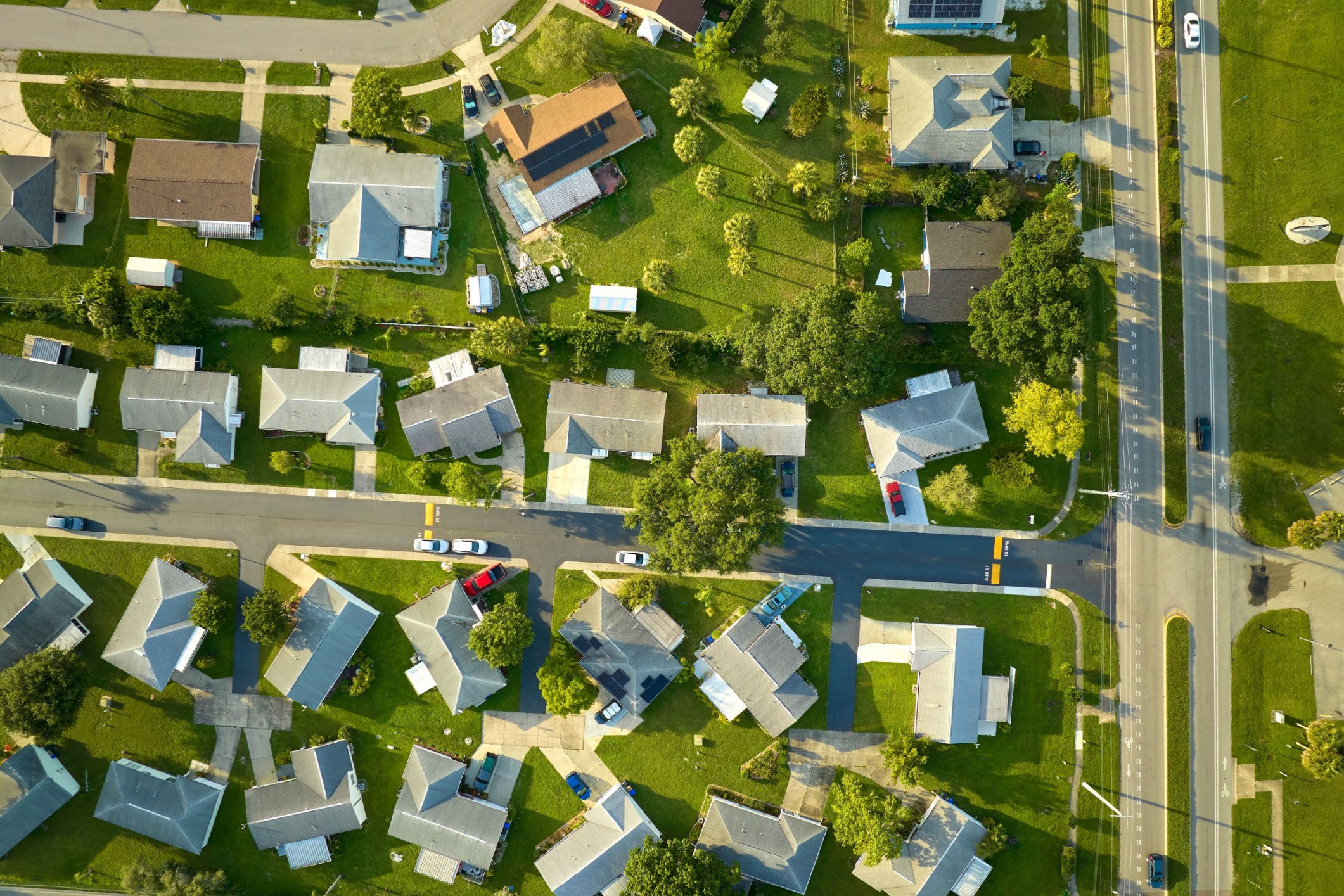
Australia is ageing, and this presents challenges around housing, care and affordability. This is more important than ever, given there are currently 2 million people over the age of 75 around the country, but by 2040, this cohort will increase to 3.4 million.
This means there will be an additional 1.4 million people over 75 within the next two decades looking for accommodation that prioritises care and support.
We know that housing supply is challenging today and so is the pressure on residential aged care – a sector that is often confused with retirement living. But our changing demographic outlook around Australia will make things even harder.
Importantly, through the Retirement Living Council’s (RLC) Better Housing for Better Health report, we now know that retirement villages across the country save the Commonwealth Government a billion dollars every year by delaying entry into taxpayer-funded aged care facilities.
This delay is centred around better health, better-designed homes, but also social connection.
The World Health Organisation (WHO) recently declared loneliness a “global public health concern” – they said it’s as bad as having 15 cigarettes a day. Just consider that for a moment – loneliness has now been labelled a global public health concern. While this is genuinely alarming, it’s not altogether surprising.
So, here’s the good news.
Compared to older Australians not living in a retirement community, residents are 15% more physically active, 41% happier, they’re five times more socially active, twice as likely to catch up with family or friends and have reduced levels of depression and loneliness.
In fact, residents are 20% less likely to require hospitalisation after only nine months of living in a retirement community.
But please don’t think that we are telling older people that they must leave the family home – we are simply shining a spotlight on some of the benefits of ‘rightsizing’.
We now know that there are 1.4 million people around the country living in dwellings that are oversized for their needs.
Larger homes can increase health risks as people age, with most cases of falls in older people occurring at home. Features like stairs without railings, clutter or poor lighting can create hazards for older people.
This is an important transition because when an older person sells the big family home and moves into a house that is more suitable for their ageing needs, it frees up housing stock for young people, couples and growing families.
So, it’s not just helping people in their later years – it’s helping people at the beginning of their housing journeys too.
It’s now clear that we have a housing type that is driving financial efficiencies for Governments through better-designed homes that minimise trips and falls, and also driving social connection at the same time.
This means people who live in a retirement community are experiencing fewer visits to the General Practitioner (GP), shorter hospital stays and delayed entry to aged care.
Politicians are right to apply a laser focus on housing supply, but they also need to better understand the benefits if we can unleash more supply.
Planning systems don’t always make things easy for home building, and it’s no different in the retirement sector.
Retirement living is a secret weapon for Governments that are struggling to bring more housing stock to a market under duress – and the benefits are now clear for consumers, Governments and society.
We have been selling homes within Arizona retirement communities for 20+ years. Everything that you state in your article is absolutely true. The people in their 60s and 70s and even the 80s that live within an active retirement community Are in better physical and mental health and people in their 40s and 50s. If they move into a retirement community in at 55 they can stay active way into their 80s. You can be as active or inactive as you want to be and you will have more friends within two weeks and you had your whole lifetime. Arizona also has some 40 and 45+ communities where one child 19 years or older can live with you. it is usually a percentage between 10 and 20% of the residents can be below the age of 55. if they exceeded the percentage for the community they lose their 55+ status. But if you’re moving into a 55+ community only one of the occupants in the home has to be 55 so you could have two girlfriends or two boyfriends all the way down to the edge of 19. Anyways, great article. You are dealing with a lot of the same issues that the US is dealing with in regards to the aging population. We have over 65 different 55+ communities in the Phoenix metro area. If you ever come to Arizona will show you around and compare the different communities.